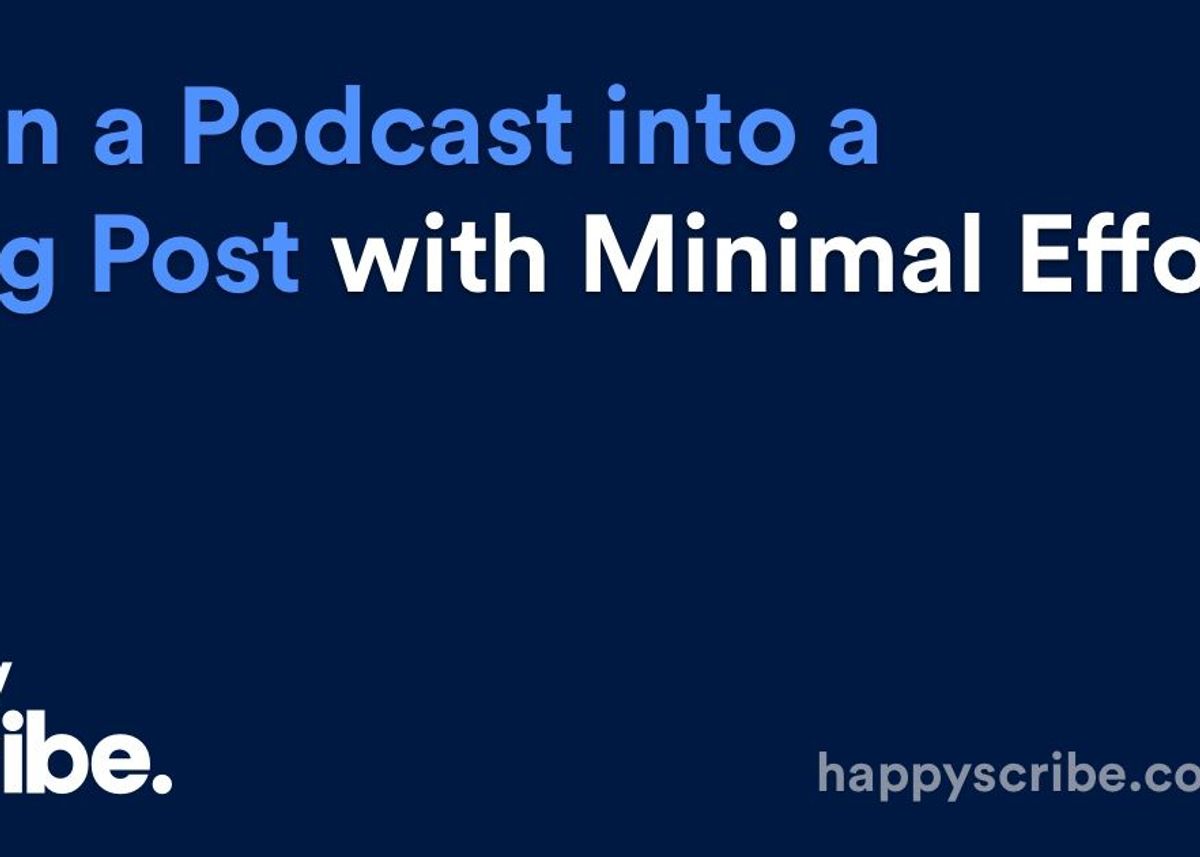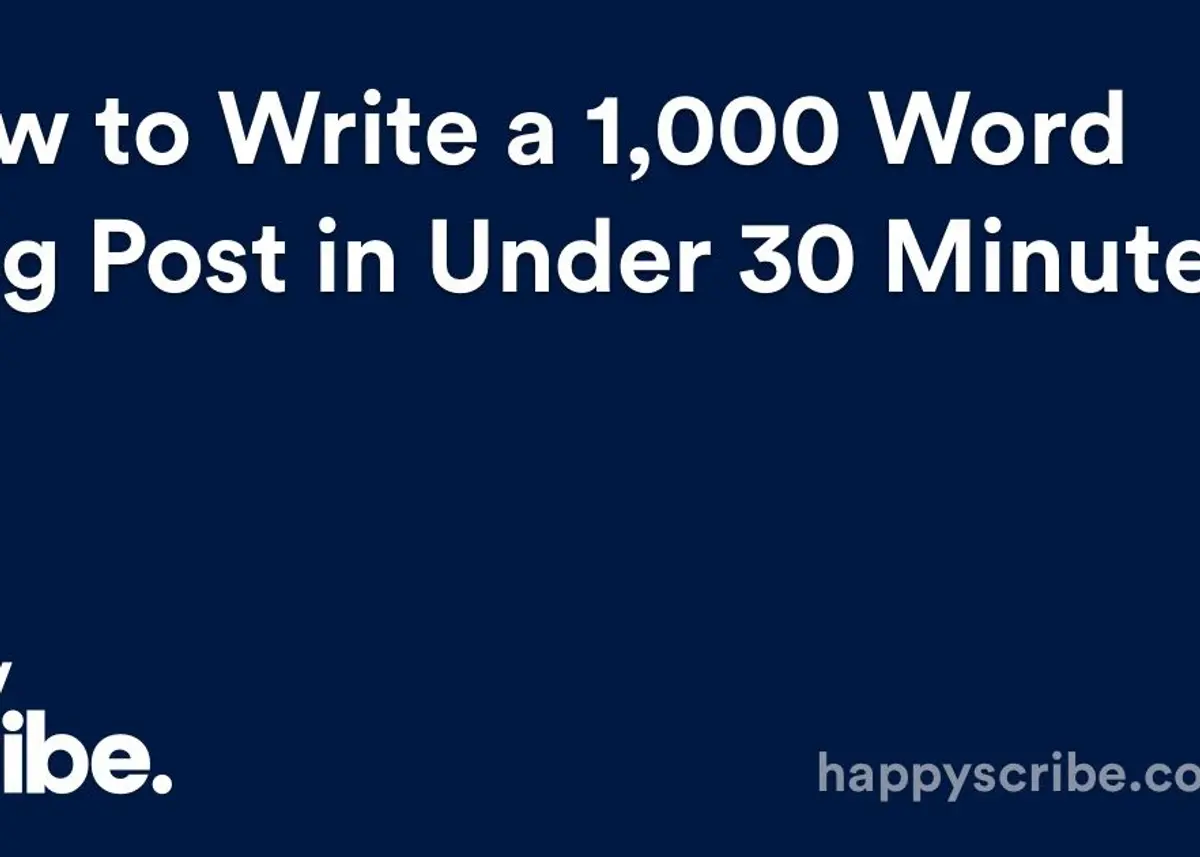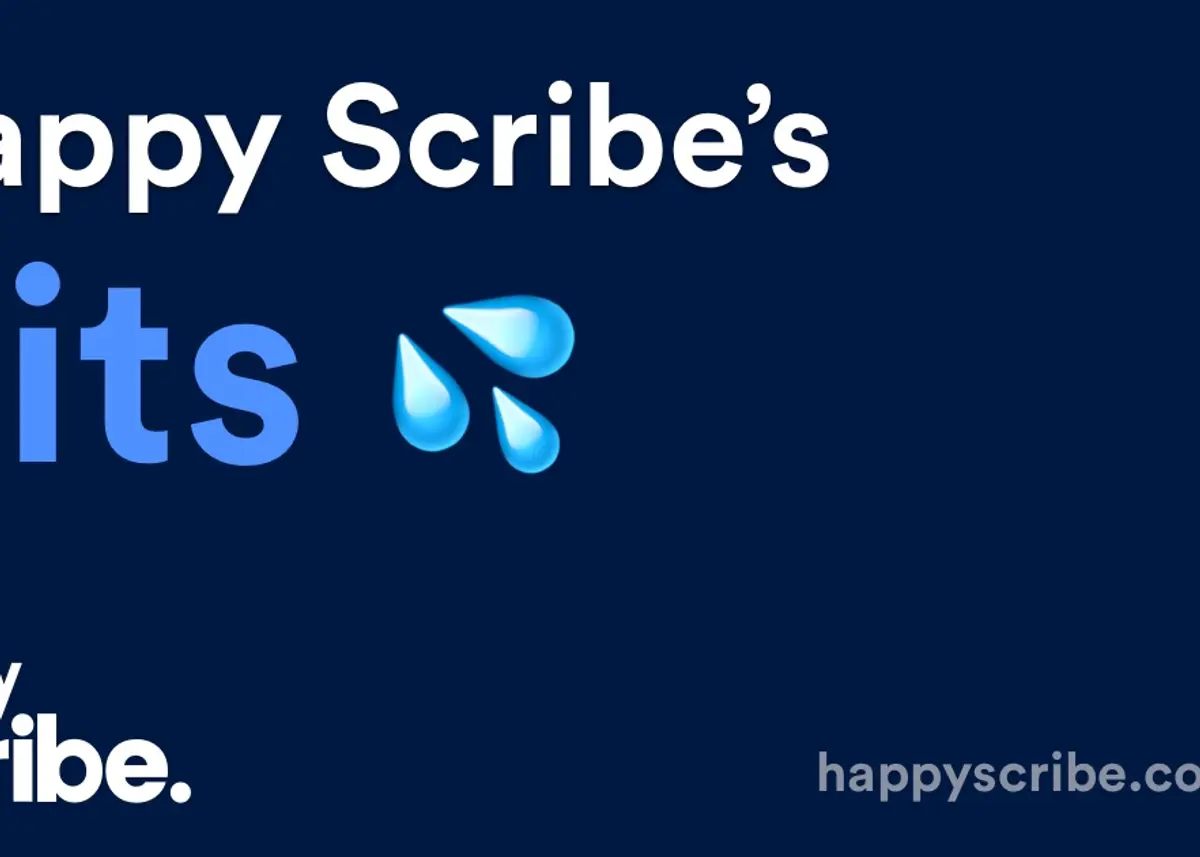
Five Important Software Tools for Podcasters
Five important software tools for podcasters.

Creating a money-generating eBook from your existing podcast episodes shouldn’t take too long. Just follow these six simple steps.
Have you been podcasting for a while and now have dozens if not hundreds of episodes in your playlist? If so, it’s time to repurpose this content into a money generating eBook.
Even if you aren’t interested in making some passive income, but seriously who isn’t interested in making some extra cash, there is still value in creating an eBook. EBooks are an excellent value-add for your audience that can be used for lead generation and email marketing campaigns. Both of which will help drive traffic to your show.
I won’t lie. Creating an eBook isn’t something you are probably going to pull together on a rainy afternoon. However, pulling an eBook together from your existing podcast episodes shouldn’t take too long. Just follow these six simple steps.
Hopefully your podcast series is focused around a specific topic and you have been deep diving into that topic for so long now you’ve become somewhat of an expert in the area.
Now all you need to do is to review your podcast playlist and see if you have multiple episodes that can be linked together into a smaller sub-theme.
Take for example the Zero to Travel Podcast Series by Jason Moore. Moore chats with adventurous people, living life on the road, to discover new ways to travel endlessly. His podcast series covers a variety of topics from independent location work opportunities to how to plan epic adventures. I scrolled through his 300+ episodes and found this list of shows:
Looking at this list, I see a a reoccurring theme and a possible idea for an eBook: ‘How to Travel the World and Stay Anywhere for Free’.
For your eBook to be successful, you will need to find a theme like this that is broad and enticing. EBooks that tend to sell well have hooks around how to improve a person’s life with concrete examples and advice that the reader can implement.
If you don’t already have full transcripts of your show episodes, you will need to get them now. You can do this process manually. However, each hour of audio takes around four hours to manually listen to, type, rewind and listen to again to translate.
An easier option is to use an automatic transcription provider like Happy Scribe to convert the audio to text for you. This process is quick, inexpensive, and accurate.
Once you have your podcast episodes converted from audio to text, you will need to review the information and brainstorm a table of contents.
For example, in the eBook ‘How to Travel the World and Stay Anywhere for Free’, we might generate a Table of Contents with these chapters:
As you review the transcriptions, you may find that some episodes will have content that is suited to different chapters of your eBook, preventing you from keeping it together in its entirety. You may also find that you will need to add some additional content to both bulk out your ideas and to lead the reader more logically from one chapter to the next.
It is also highly likely that you will need to write an introduction and conclusion to your eBook as you probably don’t have podcast episode that already provides your reader with an opening idea of what the eBook will be about as well as a wrap up of what you told them.
It goes without saying, that this step will require the most amount of work.
There are two ways to design your cover: do it yourself or outsource.
Amazon Kindle Publishing offers a free design tool called Cover Creator that allows you to customise your own eBook cover with a variety of layouts and fonts.
Whilst this could be a fun project for the creative individual, it is worth hiring a freelancer graphic designer to design the book cover for you. There are dozens of providers on Fiverr that can make a book cover in less than 48 hours for as little as $5. However, be sure to check their reviews and work to make sure you like their style and the work that they do.
Amazon also has a comprehensive list of publishers and providers that they recommend for designing covers.
Whichever route you choose, you will also need to provide them with a title for your book, so make sure you have one ready before you begin this step.

Many writers will solely use MS Word for formatting the text of their eBook. However, having a clean design is such a vital part of publishing success, I highly recommend that you format your text using a speciality programme like Reedsy Book Editor or Kindle Create.
Using one of these tools will provide you a simple step-by-step guide to producing a professional looking final product, with all the necessary elements. These tools will take away complicated formatting tasks like adding page numbers, formatting margins, creating a table of contents, and placing your first chapter on the right-facing page. These tools will also help you insert hyperlinks and images properly.
Once your interior is formatted and styled as you like it - and you’ve added your cover - you should preview your eBook to see exactly it will look on different devices before you publish it. Amazon Kindle Publishing offers the Kindle Previewer to help with this.
When you are happy with the look, it’s time to determine whether you need an EPUB, Mobi, or PDF file. Which file format you choose will depend on where you plan to distribute your eBook. EPUB files are compatible with Apple’s iBookstore, the Kobo Store, Nook Press, Google Play and NetGalley. Mobi is the proprietary file format used by Amazon's Kindle Store. A PDF version is great if you just plan to offer to your audience as a free giveaway.
Once you have chosen your distribution method it is time to upload your file and wait for it to be published. This may take some time. For example, Amazon will review your files and won’t publish until it is happy. If your file doesn’t pass Amazon’s review, you’ll will be asked to edit and resubmit them.
Next, you should price your book. Publish Drive offers some great advice on how to price your eBook for the right market. Amazon will let you set how much you sell your eBook for, but will take different royalty rates depending on what price you set. In the US, eBooks priced between $2.99 and $9.99 earn you 70% of list price, while books between $0.99 and $2.99, or above $9.99, earn you only 35%. These pricing ranges will vary depending on each Amazon store/country.
Finally, you'll want to promote your newly published ebook to prospective readers. You can promote your book yourself with email, websites, and social media outlets.
There you have it, six simple steps to turn your podcasts into a money making eBook. Good luck with producing your eBook. If you need help converting your podcast audio to text, then please don’t hesitate to contact us.

Five important software tools for podcasters.

How can you help your podcast get discovered? How can you get more viewers to listen to your podcast? How can you differentiate your podcast from someone else’s on the same topic? One solution is to include an interactive transcript.

Podcasters should record their blog posts instead of writing them. This method of converting blog posts from audio to text has many advantages. Here's why.

If you want your podcast to reach the widest possible audience, you also need text content. With Happy Scribe's automated transcription tool, you can turn a podcast into a blogpost with minimal effort.

Podcasts are the modern radio, in fact, better. They offer on-demand shows, free information and present huge marketing opportunities beneficial to both advertisers and viewers. Optimal use of SEO for the same can result in significant gains for any business [1]. What is search-engine optimization (SEO)? To understand the concept

We’ve reviewed dozens of productivity tools on the market and provide you with our list of the most essential productivity tools for podcasters.

This week we provide you with a step-by-step guide on how to write a 1,000-word blog post in under 30 minutes by recording instead of typing.

Hello 👋 Over the past two weeks, we have spent time calling some of you. We have been amazed by the diversity of content that you create and we love the idea that Happy Scribe can help you to produce it. Starting this month, we would like to share with you

Creating a money-generating eBook from your existing podcast episodes shouldn’t take too long. Just follow these six simple steps.

This guide outlines the key steps to launch a successful podcast. It covers topics such as choosing a niche, purchasing equipment, recording and editing, creating engaging content, promoting your podcast, and monetizing it. Whether you're a beginner or have some experience, this guide has you covered. Happy podcasting!